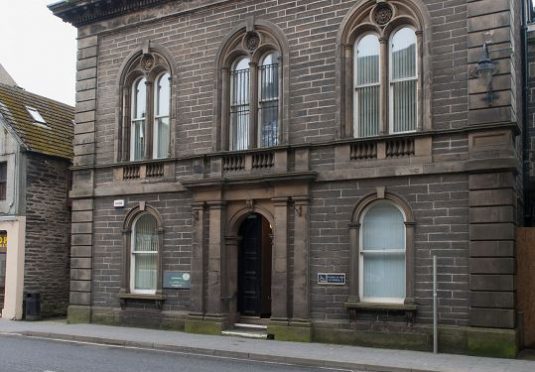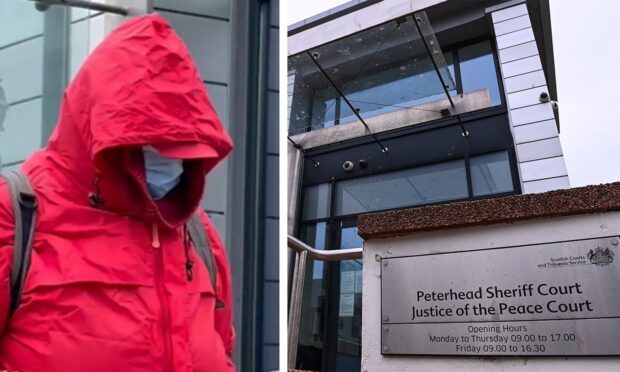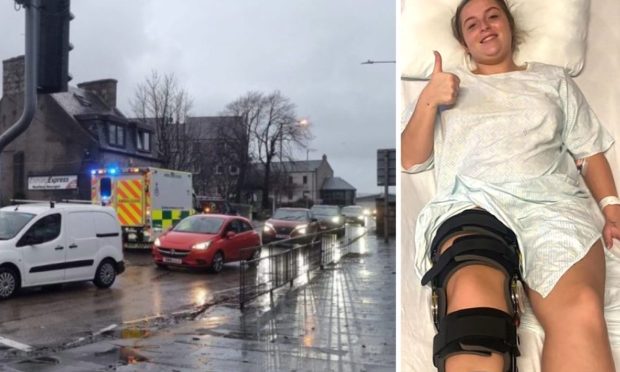A drunk driver who was stopped by police on his way to service their breath-test machine has had his conviction quashed on appeal.
Electrical engineer Richard Grant was fined £250 and banned from driving for a year. It has now emerged the appeal was successful at the Scottish Criminal Appeal Court. However, details of the judgement have not been released.
The case was originally heard at Wick Sheriff Court almost a year ago when the Ayrshire man was found guilty after a trial.
Grant, 55, was pulled over on the A9 at Berriedale, in Caithness, after patrolling police officers observed him veering over the centre line, on April 13, 2015.
They detected a strong smell of alcohol when they approached him and a roadside breath test proved positive.
After discovering that Grant was on his way to service their intoximeter at their Wick station, the officers consulted their sergeant at Dingwall who contacted the procurator fiscal.
It was decided that Grant should be required to provide a urine sample instead of being tested on the intoximeter which he had been due to calibrate. This revealed a level of 92 mgs – the legal urine limit is 67 mgs.
Defence solicitor William Mackay insisted there should have been evidence led to justify a urine sample instead of the usual intoximeter process and questioned how it had been carried out.
Grant, of Troon, claimed in evidence that the police did not follow the correct procedure for obtaining a urine sample.
Toxicologist Dr Robert Anderson maintained that this would have resulted in a contaminated sample which possibly could have produced an artificially-high reading.
The Scottish Appeal Court states that not all judgements are made public. In general, “only decisions which include a matter of principle, a particular point of public interest, or are delivered after a substantial hearing of evidence will be contained in a written opinion.”
A spokeswoman said: “An opinion in this case has now been issued but, unfortunately, it is not one which is to be published”









